- Address
- 26 North Park Boulevard
- Glen Ellyn, IL 60137
- Get Directions
- Phone
- (630) 858-8800
- SmileGlenEllyn@gmail.com
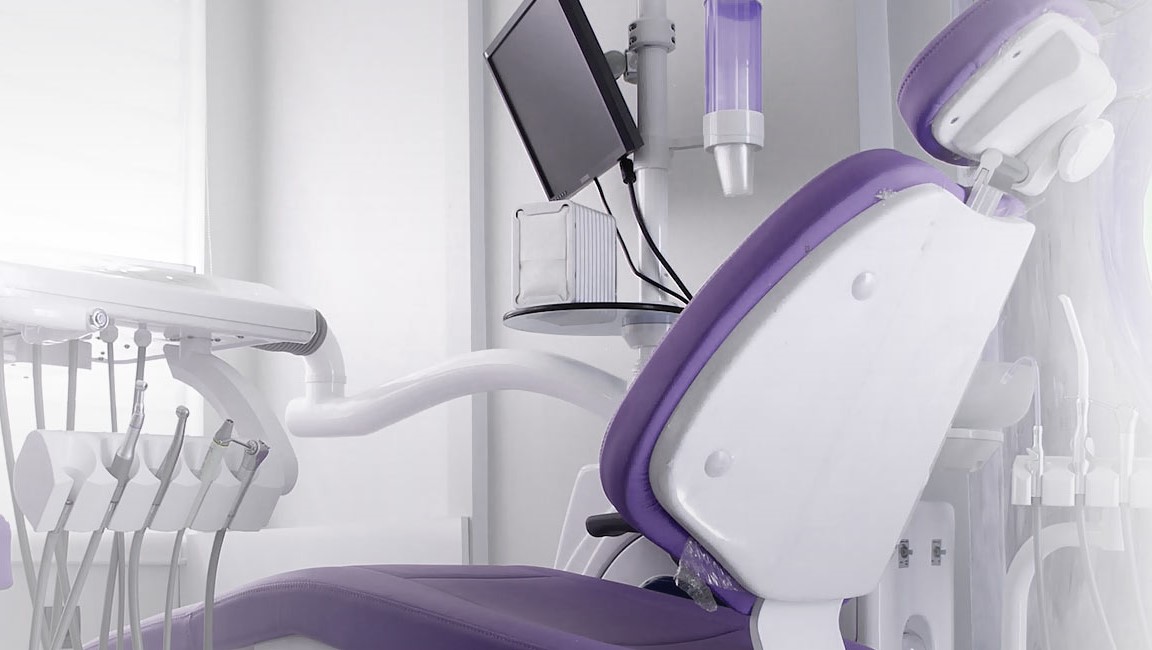
First the “easy” steps in the treatment of gum disease are:
Periodontal scaling (inaccurately called “deep cleaning”)–If the periodontal pockets are deeper than 4 mm. the bacteria will not be able to be removed by the patient and the gum disease will progress. The dentist or dental hygienist must intervene by anesthetizing the gums and removing the deeper bacterial deposits and calcified deposits with special instruments. Healing is usually very easy and is the first step in controlling advanced periodontal disease.
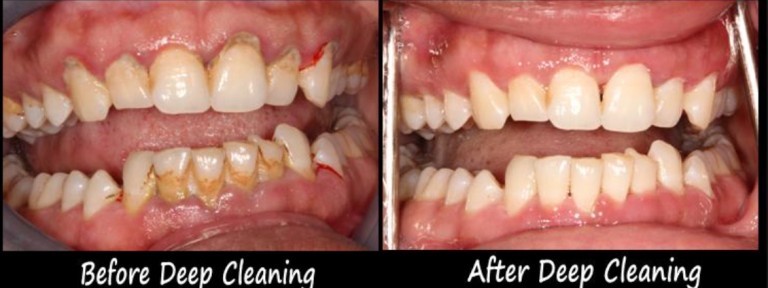
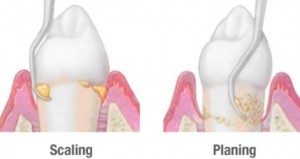
If more advanced interventions are required:
Surgical therapy to remove deep periodontal pockets, often with the use bone grafting procedures to help “heal” the bone loss with advanced periodontal gum disease.
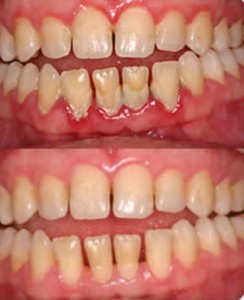

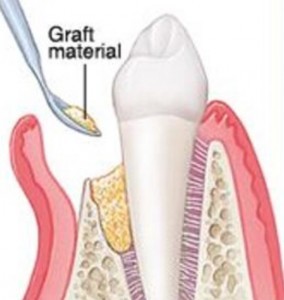
We’ve filled our website with information about our doctors, our team, and our services including family dentistry we offer, location, maps and business hours. Please feel free to take a look around to learn more about what we do and how we can help keep your smile healthy and stunning for a lifetime. We want you to feel confident that when you choose us, you’re choosing to receive the best dental care available.